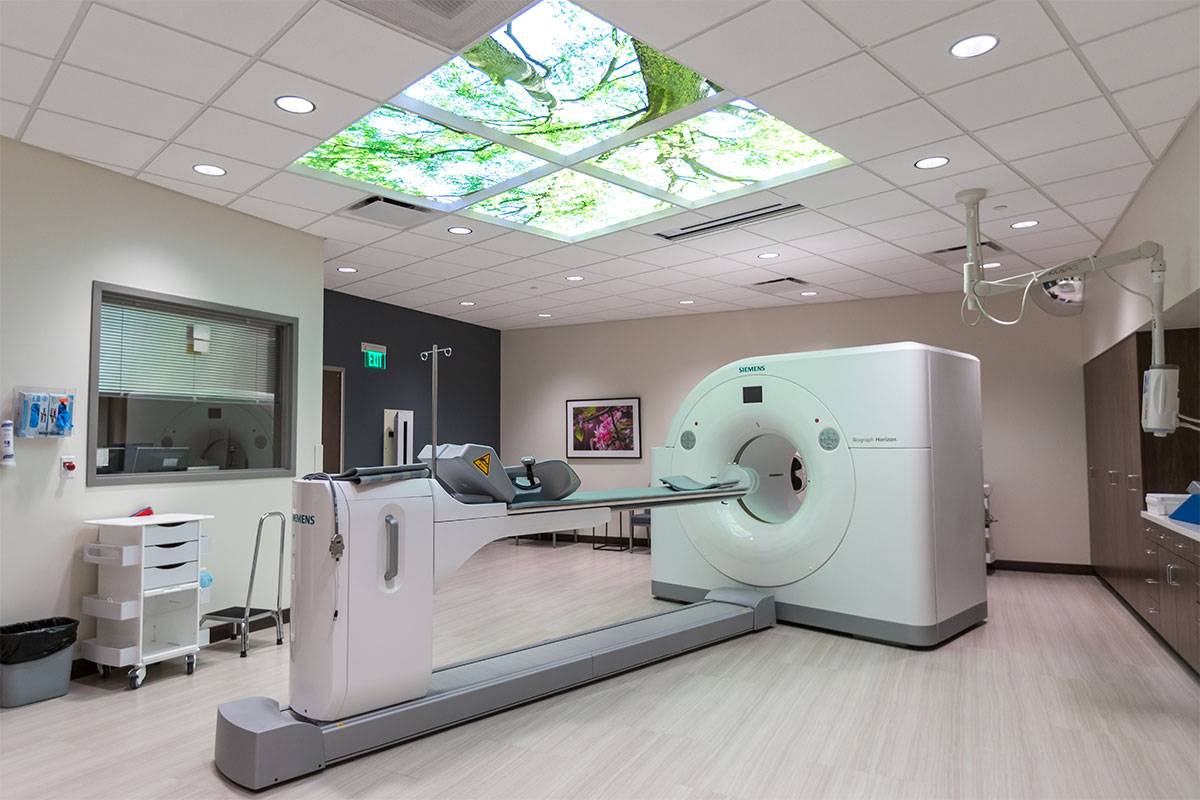

Merrick earned his medical degree from Rush Medical College and completed his residency at Rush University Medical Center, where he served as chief resident of urology.Ĭhristina E. He previously served as chairman of the Urology department for 13 years he also previously served as President and Treasurer of the Clinical Board. He has been in practice since 1994, was a founding physician when Duly Health and Care started as DuPage Medical Group in 1999 and has been leading the physician organization since 2009. He ensures that Duly’s physician-driven approach continues to lead to exceptional physician engagement and improved patient outcomes.

Merrick leads the Board and physicians in their goal of making healthcare better for patients and communities by offering high-quality and compassionate care. Paul Merrick, a board-certified and renowned urologist, serves as the Chair of the Clinical Board, Co-Chairman of the Duly Health and Care Board and Chief Physician Executive. All rights reserved.Clinical Board of Directors Paul Merrick, MD, Chief Physician Executive and Chairman, Duly Health and Careĭr. This is an Open Access article under the CC BY 4.0 license. The ShangRing could be used by health systems and international organisations to further scale up EIMC across sub-Saharan Africa.Ĭopyright © 2022 The Author(s). Use of the ShangRing device for EIMC showed safety, achieved high caregiver satisfaction, and did not differ from the Mogen clamp in other key measures. No treatment-related deaths were reported. Rates of moderate and severe AEs were similar between both groups (29 in the ShangRing group vs 30 in the Mogen clamp group difference -0♱% one-sided 95% CI upper limit of 1♷% p=0♸9). The most common treatment-related AE was intraoperative pain (Neonatal Infant Pain Scale score ≥5), with 19 (2♸%) events in the ShangRing and 23 (3♳%) in the Mogel clamp group. 43 (6♲%) adverse events were observed in the ShangRing group and 61 (8♹%) in the Mogen clamp group (p=0♰78). 689 (50♰%) infants were randomly assigned to undergo EIMC by ShangRing and 689 (50♰%) by Mogen clamp.
#QUINCY MEDICAL GROUP UROLOGY TRIAL#
This trial is registered with Clinical.īetween Sept 17, 2018, and Dec 20, 2019, a total of 1420 infants were assessed for eligibility, of whom 1378 (97♰%) were enrolled.

The primary endpoint was safety, defined as the number and severity of adverse events (AEs), analysed in the intention-to-treat population (all infants who underwent an EIMC procedure) with a non-inferiority margin of 2% for the difference in moderate and severe AEs. Infants were randomly assigned (1:1) by a computer-generated text message service to undergo EIMC by either the ShangRing or the Mogen clamp. In this multicentre, non-inferiority, open-label, randomised controlled trial, we enrolled healthy male infants (aged <60 days), with a gestational age of at least 37 weeks and a birthweight of at least 2♵ kg, from 11 community and referral centres in Kenya, Tanzania, and Uganda. We aimed to investigate the safety and efficacy of the ShangRing versus the Mogen clamp for EIMC in infants across eastern sub-Saharan Africa. The ShangRing, a circumcision device prequalified by WHO, is approved for use in adults and adolescents and requires topical anaesthesia only. Use of medical devices represents a unique opportunity to facilitate scale-up of early infant male circumcision (EIMC) across sub-Saharan Africa.


 0 kommentar(er)
0 kommentar(er)
